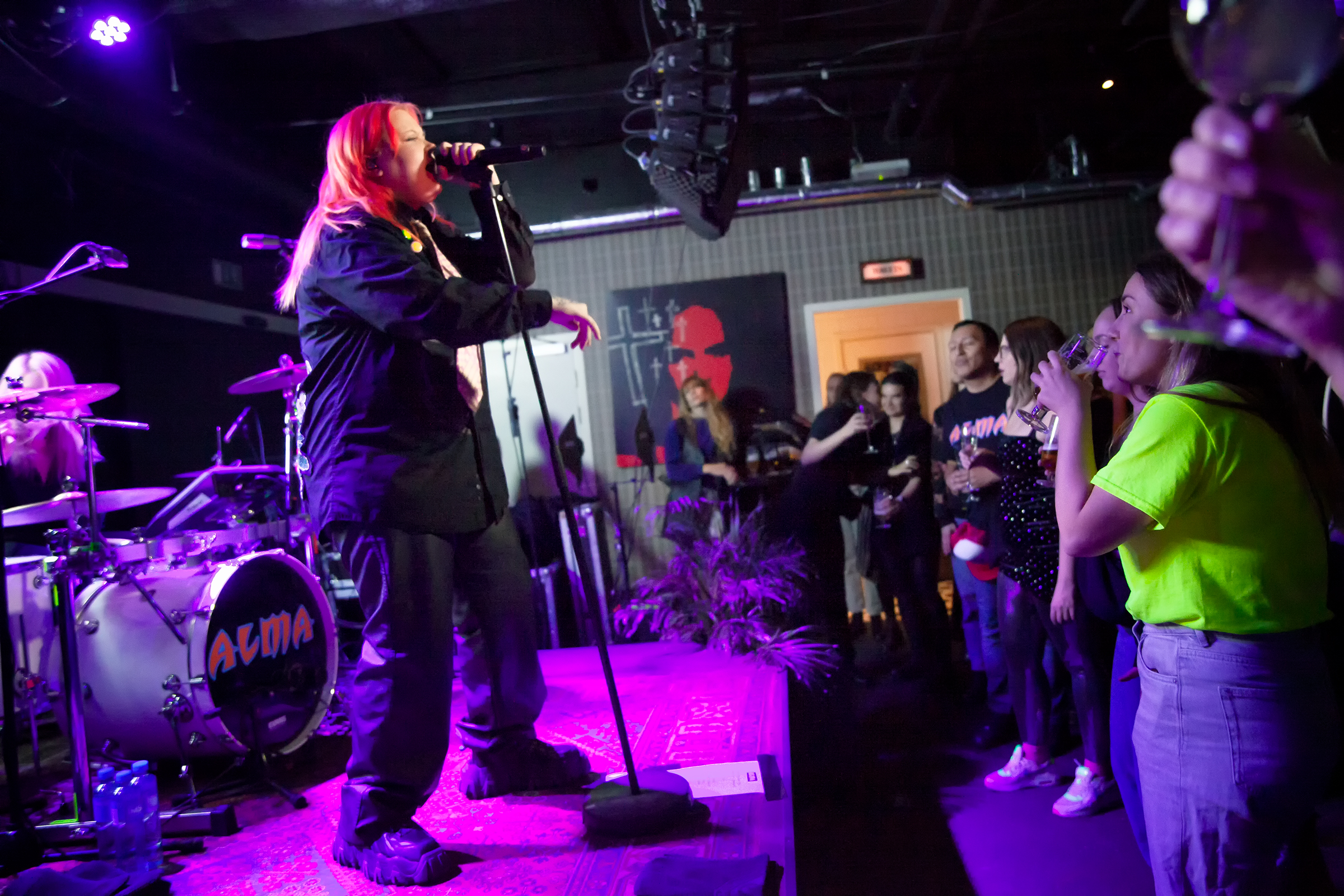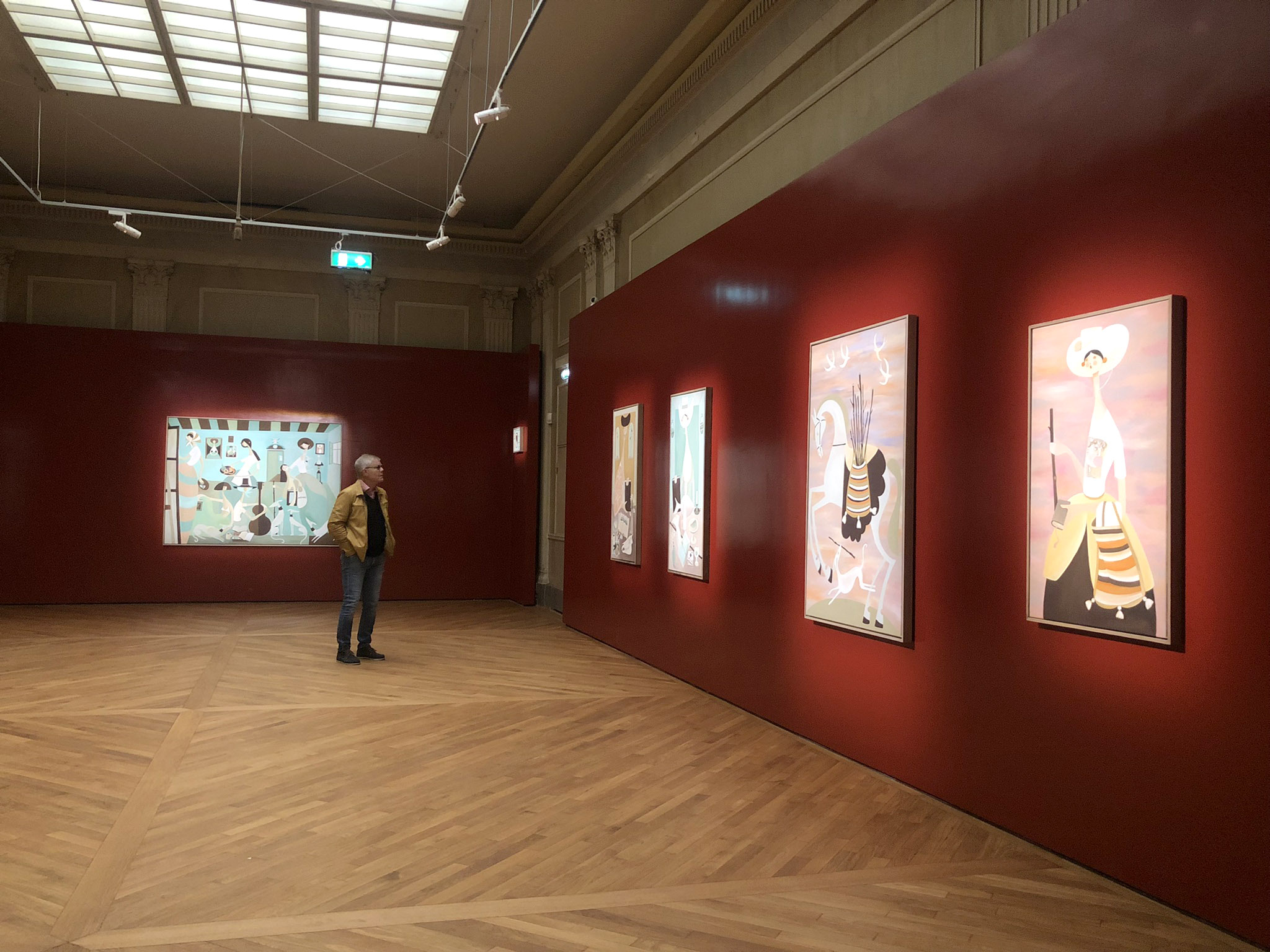Are you currently trying to figure out what the best options are for your child’s education in Stockholm? Or simply don’t know which questions to ask? Choosing the right school, whether international, English or Swedish, is not an easy decision. Our newest contributor Sarit Grinberg, has an inside view of the school system in Sweden, and shares her experience and insight that should help you find what your looking for and make some of your decisions a little easier…
Families coming from abroad are likely to look into the many international schools available in the city of Stockholm. Though there are a lot to choose from, parents often get frustrated with the choices, not knowing the differences between the schools.
Of course you want the best for your child, and depending on where you come from, you may be looking for a specific environment or pedagogical focus. This guide will help you choose which school is right for your child.
Here is information you should read before enrolling your child in a school.
First, let’s take a look at the Swedish school system:
Compulsory education in Sweden is from year 1 to 9 (approximately from the age of 7-16).
From the age of one, children can attend pre-school (förskola). They can go from daycare style settings to kindergarten style settings, depending on their age. The year before a child goes to the first grade, they have the opportunity to attend the Pre-school class (Förskoleklass), which is similar to the kindergarten year in many countries. From year 1-9, children attend compulsory comprehensive school (grundskola). After year 9, students then can attend a 3 year high school programme (Gymnasieskola). From the Pre-school class (Förskoleklass), children have the opportunity to have Modersmål (mother tongue) classes. These classes are for children who speak a language other than Swedish at home. An instructor comes to the school and helps the child practice and develop their first language. This program is paid by the government. Parents only need to talk to the school administration and fill out a form.
Who runs the schools?
Most schools in Sweden are municipally run. There are many public schools and independent schools, and just a handful of private schools. In Sweden, there has been an explosion of independently run schools. What does this mean? It means that individuals or organizations have been allowed (since 1992) to open and run their own schools with the approval of the government. These schools get funding from the municipality they belong to, and in return they have to follow the Swedish curriculum and laws.
Most international schools are independently run.
What is the admission process?
Whether they are preschools, primary schools, or high schools – schools are to have open applications, but admission preference goes to children who live close to the school and those with siblings already enrolled. The admission process normally starts with the parents filling out an application form from the school website, and sending it in electronically. There may be a queue for many schools, which is why it is important to apply to more than one.
Preschools charge a (small) fee depending on the income of the parents, while primary and high schools are not allowed to charge additional fees. It is important to know that all government funded schools are not allowed to charge parents for school trips, textbooks, and activities (other than after-school programmes).
How does the Swedish Curriculum differ from others, such as the British Curriculum?
Most schools that get government subsidies (funding) are required to have Swedish in their schools. International schools that want English to be taught usually have to make a compromise of having Swedish classes as well.
The Swedish Curriculum differs greatly from ones in other countries, as it is said to be quite general, and teachers have a lot of space to choose learning materials and how to structure classes. As long as the goals of the curriculum are met, teachers and schools have a lot of flexibility in their work. One of the important beliefs in Sweden is that each child should learn at their own pace, and should not be secluded from others. Each level varies as well, as described below.
Pre-schools – the curriculum for pre-schools is inspired by the Reggio Emilia approach, which puts a lot of emphases on child-centred learning. The child is encouraged to observe and experience their surrounding, thus learning on their own. There is also importance in ‘learning through play’ so children spend a lot of time playing. Teachers are not supposed to intervene in the child’s learning, and instead are the observers. There is no grading system in pre-schools, but teachers do make notes, observations, and a portfolio for each child. The values of Swedish society, such as democracy and equality, are instilled in the daily activities of pre-schools, with the goal of creating a democratic and caring citizen.
Primary School – Students have until recently been assessed by a three grade system – Pass (G), Pass with Distinction (VG), and Pass with Special Distinction (MVG). Now the grading system is A, B, C, D, E as passing grades and F as Failing. Children do not receive grades until 9th grade, which is quite different than school systems in other countries. The Swedish government, however, is now proposing to change it so that children get grades from year 6. The grades from primary school are used to apply and compete for entrance to high school.
Secondary School – This level lasts for three years. Secondary school is divided into programs or specifications (i.e. Natural Sciences, Social Sciences), which the students choose. There are currently 18 national programs – 6 college preparatory programs and 12 vocational programs.
All programs give basic qualification to attend university.
Before enrolling your child:
It is very important to visit the school, have someone show you around and answer any questions you may have. It is best to bring your child with you – that way you can see how they fit in during the visit.
- All municipal, public and independent schools can be found on the Stockholm Stad (City)
website: http://www.stockholm.se.
*You can type the school name in the search to get information and statistics.
* HINT: Use the translate function on top of the screen if you can’t read Swedish.
- School quality and inspection results can be found at:
www.siris.skolverket.se
www.stockholm.se (information in Swedish only).
Things for you to think about:
- Think about your child’s strong and weak points. Are they interested in particular activities, such as sports or drama? Some schools focus on one subject more than others.
- Is it important for your child to go to an international school? Which language should be dominant in your child’s learning?
Questions to ask (yourself and the supervisor) during the school visit:
- What is the school’s philosophy and their goals?
- What is the teacher/child ratio?
- What is the schedule/routine?
- What are the school hours?
- What food does the school provide for breakfast/snack/lunch?
- Does the playground have enough room to run around? Are there sufficient toys/activities available?
- What is the language of instruction?
- How many international students are there?
- Are there school trips?
- Is there a sufficient amount of books, toys, school material, and resources available for learning?
- Are teachers qualified or have experience in teaching?
- How does the school deal with misbehavior and bullying?
- How often are the parent-teacher meetings?
- How will the school communicate with me about information and events?
- What learning tools are used in the classroom? (i.e. whiteboard, computers, projector, games)
- Which subjects are taught? How often?
- Are there report cards?
- How often are there tests/exams?
- What is the grading system?
International Schools
There are many schools in Stockholm that claim to be ‘international’. All International schools focus on diversity and are geared towards families coming from abroad either temporarily or indefinitely. International schools offer English instruction (dominantly or in combination with Swedish). International schools differ from Swedish schools in that they have parents with different demands, and thus offer additions to the Swedish curriculum, sometimes adding more hours to subjects. Most international schools state that they value diversity, respect, and quality in education.
Schools that rely on government funding (public and independent schools) are sometimes pressured by parents coming from competitive countries to be more strict and academic, but these schools have rules under the Swedish law, and thus can’t raise standards as high as parents would like.
Private International Schools, on the other hand, are very much focused on standards, quality, and academics, which is more suitable for parents who believe in high standards and competition. These schools provide an international diploma, which students can use to transfer to any international school in the world (private or public) and students have an advantage when applying to first class universities. As the saying goes ‘If you want quality education, you have to pay for it’. This doesn’t mean that there aren’t any good quality public or independent schools. You just have to do some research to find the best ones!
Here is a list of truly international and English-speaking schools in Stockholm that will help you find the best school for your child. Check which schools interest you by looking at the list below, and take a look at their website for an overview before going for a tour.
Private International Schools
For those who are willing to pay extra fees for quality international (all English) education.
NOTE: Students with a personnummer (personal identity number) from grades 1-12 may be entitled to municipal subsidies for their education.
……………………………………………
British International Primary School of Stockholm
www.britishinternationalprimaryschool.se
Levels: Pre-school – grade 7
Curriculum: British Curriculum
……………………………………………
The Tanto International School
Levels: Nursery – grade 7
Curriculum: English National Curriculum
…………………………………………….
Stockholm International School
Levels: Kindergarten – grade 12
Curriculum: IPC, MYP, and IB Diploma
……………………………………………
Independent International Schools
For those parents who want an international education (some schools may have Swedish and English) for their child while getting the full subsidy from the municipality. All of these schools have to follow the Swedish National Curriculum.
Vittra
Levels: Pre-school – grade 9
……………………………………………
Europaskolan
Levels: Pre-school – grade 9
Curriculum: IBO/Swedish National Curriculum
……………………………………………
Engelska Skolan Norr
Levels: Pre-school – grade 9
……………………………………………
Futuraskolan
www.futuraskolaninternational.se
Levels: Pre-school – grade 9
Curriculum: Swedish National Curriculum/IPC for grades 1-5
……………………………………………
Kunskapsgymnasiet
Level: High school
……………………………………………
Internationella Engelska Skolan
Level: grades 4-9
……………………………………………
Kungsholmens Gymnasium
(International Section)
www.kungsholmensgymnasium.stockholm.se
Level: High School
……………………………………………
Stockholm Language School (Stockholms Språkskola)
Level: grades 1-9
……………………………………………
International Pre-schools
These schools are focused on the pre-school age, and offer an international (mostly English) environment. Many children attending these pre-schools come from all parts of the world, creating a truly unique international experience. They also follow the Swedish Pre-school Curriculum, inspired by the Reggio Emilia approach.
Mother Goose International Pre-school
……………………………………………
Crickets and Dragonflies
www.sodermalmsforskolor.se/englishpreschool/extern/crickets_and_dragonflies.htm
……………………………………………
Engelska Förskolan
……………………………………………
Futuraskolan
……………………………………………
Humpty Dumpty Nursery School
……………………………………………
Imagination International Pre-school
www.imaginationinternational.se
……………………………………………
Planet Kids Nursery School
……………………………………………
Olympen Förskola
(English Section)
……………………………………………
Non-English International Schools
For those parents who want to enroll their child in a language specific school (other than English).
Dutch Schools:
Dé Nederlande School in Stockholm
……………………………………………
Finish Schools:
Finska Förskolan (Finnish Pre-school)
www.soderforskolor.com/till/forskolor/f/index_.html
……………………………………………
French Schools:
French Lycée (Lycée Français) Saint Louis de Stockholm
Franska skolan (Ecole Francaise)
Les Mélodies
Les P’tits Choux
……………………………………………
German Schools:
Deutsche Schule Stockholm (The German School)
……………………………………………
Greek Schools:
Greek Preschool Melissaki
……………………………………………
Spanish Schools:
Spanska skolan Colegio Español
……………………………………………
Remember: Before choosing a school, consider your child’s needs and interests, what you expect of your child’s school (environment and learning), and make sure to ask all the questions you may have during the school tour. With all of these in mind, you are closer to finding the right school for your child!
Good luck!
By: Sarit Grinberg
Images by: Lena Granefelt/imagebank.sweden.se













14 Comments